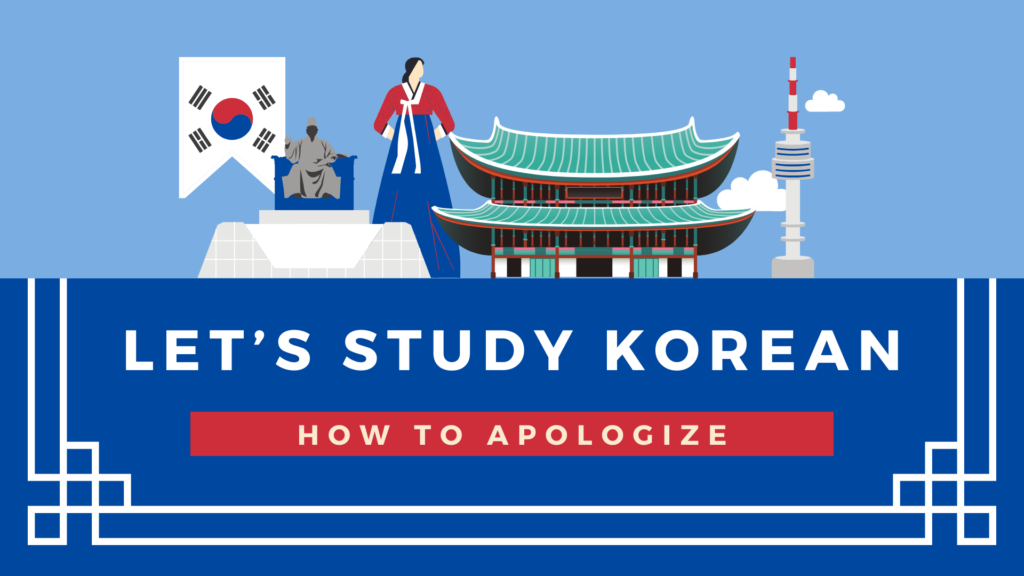You may be familiar with the masks worn at Halloween or at masquerades, but do you know about traditional Korean masks? If you want to find out what they are and their history, don’t miss this article!
The history of traditional Korean masks
The history of traditional Korean masks stems from an old legend. It is said that one day, during the reign of Goryeo (918-1392) in the village of Hahoe (하회), a craftsman was commissioned by the gods themselves to carve 12 masks out of wood that represented various personalities. The masks had to be carved in great secrecy. Until he had finished the work, the craftsman was forbidden to have contact with other people, on punishment of death. However, when he was about to complete the twelfth mask, a girl who was in love with him peeked into the workshop, unaware of the consequences it would have. At that exact moment, the man suffered a cerebral hemorrhage and died, leaving the twelfth mask unfinished. The twelfth mask is the one that represents the fool and has no jaw for this very reason.

What are the traditional Korean masks?
Of the twelve traditional Korean masks mentioned in the legend, only nine are still preserved today in the village of Hahoe in the Sonang-tang shrine. They are:
- Yangban, 양반, the aristocrat;
- Gaksi, 각시, the young woman;
- Jung, 중, the Buddhist monk;
- Choraengi, 초랭이, the Yangban servant;
- Seonbi, 선비, the scholar;
- Imae, 이매, the fool and servant of Sonpi;
- Bune, 부네, the concubine;
- Baekjeong, 백정, the butcher;
- Halmi, 할미, the old woman.
The three missing ones, on the other hand, are supposed to have been stolen – one is currently located in Japan (Byeolchae, 별채, the tax collector) and the other two in Pyongsan, North Korea (Chonggak, 총각, the bachelor, and Tteokdari, 떡다리, the old man). In particular, the Byeolchae mask in Japan is said to have been stolen between 1592 and 1598 by General Konishi Yukinaga as spoils of war.
These traditional Korean masks, called tal (탈), were long used for shamanic rituals and folk dances for the people. They were believed to have magical powers which helped drive away evil spirits, thus protecting the village. All other masks were always burnt at the end of the performance as an offering, replaced by new ones for the next performance. However, these tal masks were religiously kept inside a shrine without being burnt.
These are the best-known traditional Korean masks, but besides the Hahoe tal (하회탈) – the masks created in Hahoe – there are also other types. These include the ogwangdae (오광대) and yayu (야유), which have coarser and simpler features and are used to represent strong emotions. Bongsan (봉산) is used to represent and distinguish between various aristocrats. Tongyeong (통영) is used to represent supernatural figures.

The talchum, or masked dance
Performances in tal masks are called talchum (탈춤), which literally means masked dance. Talchum is considered South Korea’s intangible cultural heritage and is both a dance and a theatrical performance. The performance was carried out in the open air of village squares, to communicate with the deities and ask them to ward off evil spirits. It was a spectacle for the people, very different from the dances staged for the nobility, which involved more delicate movements. In addition to large masks, talchum dancers also wore brightly coloured clothes. Today, it is possible to see talchum performances at traditional festivals.
We hope you enjoyed this article on traditional Korean masks! For more information on Korean language and culture, keep following the Go! Go! Hanguk blog and do not hesitate to contact us about living and studying in Korea.















